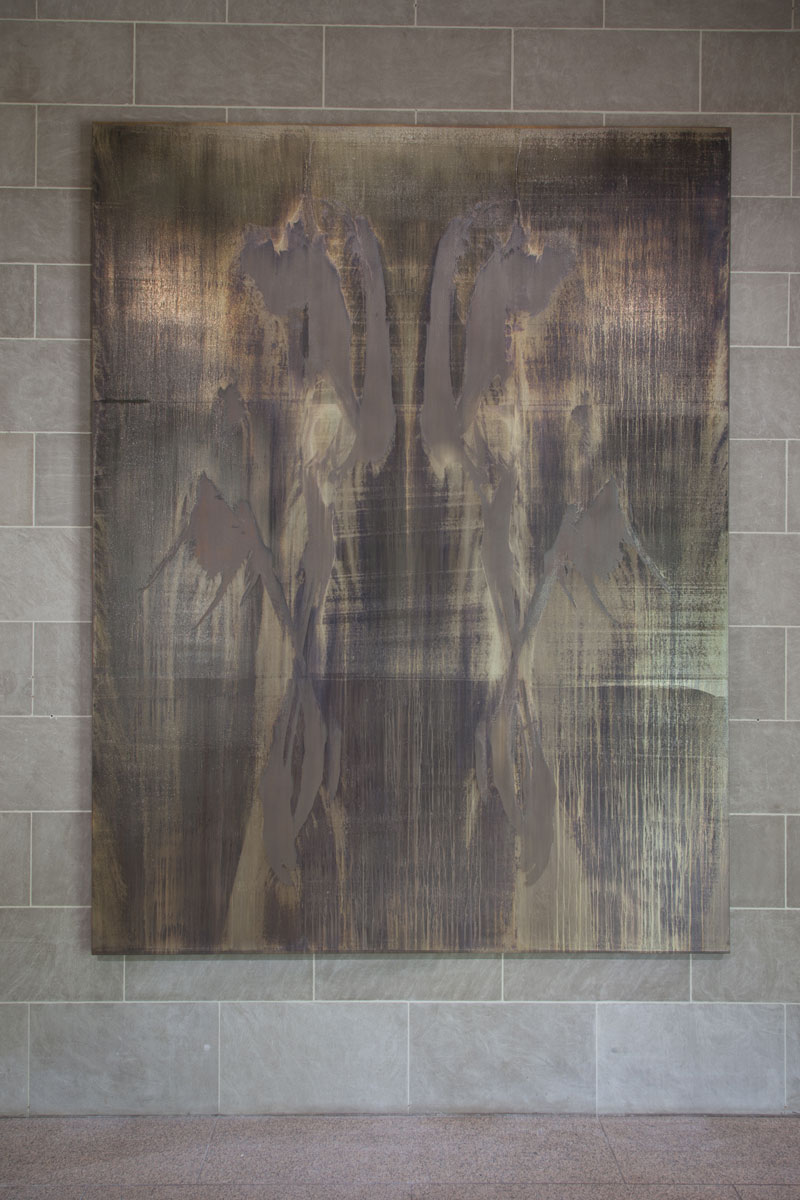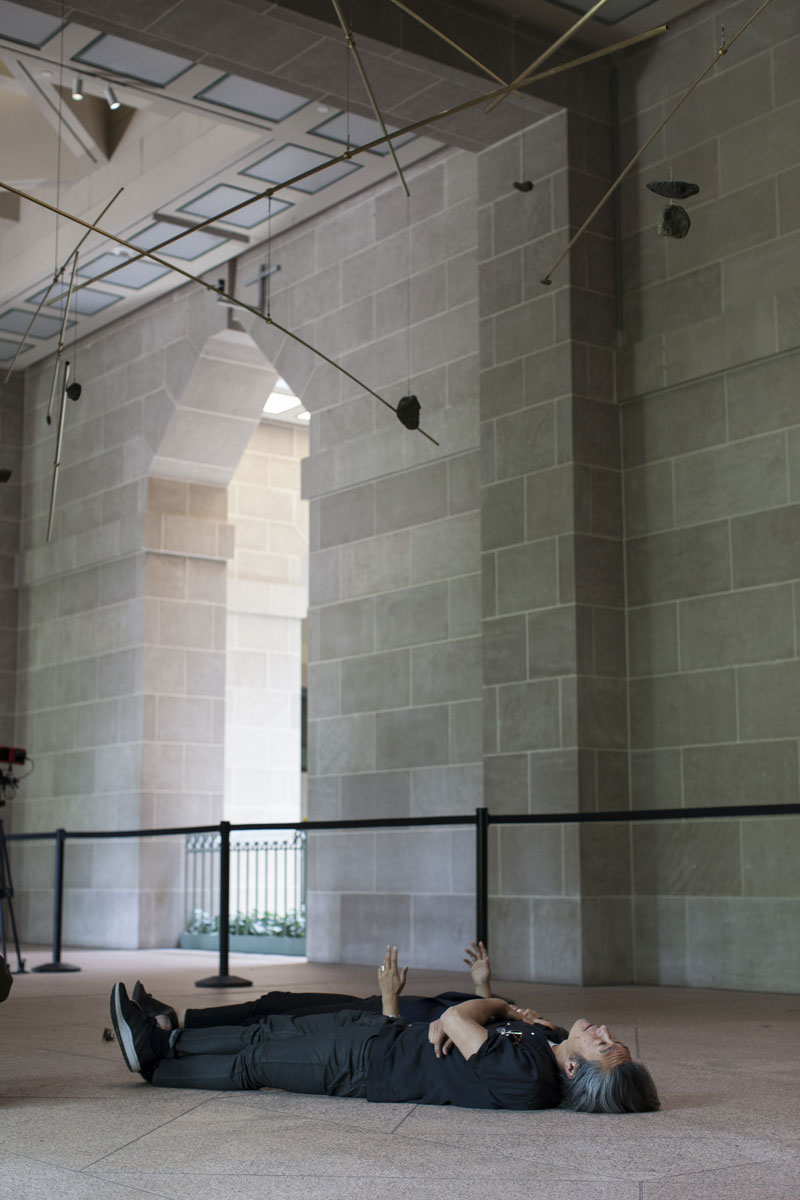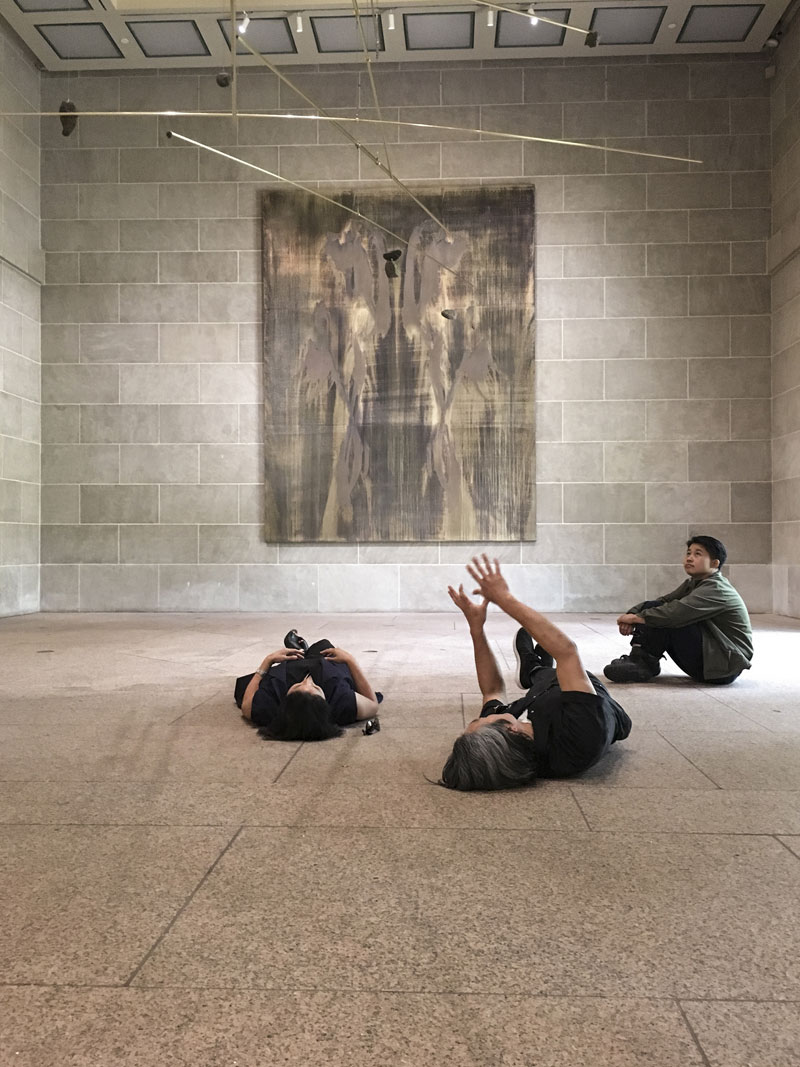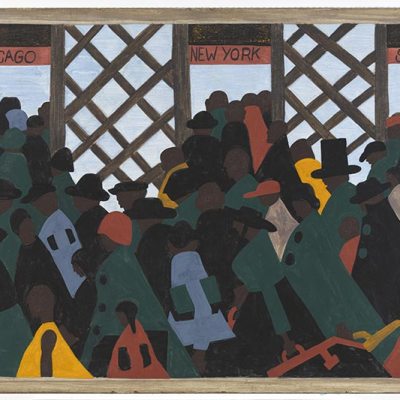While scientists grapple with the task of reversing centuries of ecological damage wrought by mankind across the planet, there exists one small strip of land – just four km wide and under 300 km long – that has actually been preserved as a direct result of man’s most destructive impulses. Straddling the Korean peninsula, the Korean Demilitarized Zone (DMZ) has served as a de facto border between North and South Korea since 1953, separating two countries that are technically still at war. Heavily guarded by both nations’ militaries and inaccessible to civilians, the zone itself has benefited from over 60 years of freedom from human intervention; its mountains and valleys are blanketed with lush forests and thriving wetlands. Among the many animal species that populate the DMZ is the endangered red-crowned crane, an elegant white bird – ubiquitous in Chinese and Korean art – that winters in its marshes every year.
Just as the crane inhabits an ecosystem frozen in time due to political standstill, the spectre of its form emerges – enlarged and doubled – in the silvered surface of Michael Joo’s Collective, 2016. The painting features a silkscreened rendering of a photograph, taken by Joo, depicting a 100-year-old specimen of the crane, folded neatly into a drawer in the natural history archives of the Smithsonian Institute (where the artist was an Artist Research Fellow in 2012). It appears abstract at first, like a giant Rorschach inkblot. With squinted eyes and an angled gaze, however, viewers can discern the crossed, almost dangling legs at the bottom of the image, or the bird’s head and long beak, which are tucked near the invisible seam at which the photograph is mirrored.
Photo: Freer|Sackler staff

Utilising one of his signature techniques, Joo has treated this canvas to a wash of silver nitrate, a light-sensitive chemical compound used in early photographic processes and the manufacturing of mirrors. The notion of ‘visibility’– whether of images or of species – lies at the nexus of his materials and methods: both taxidermy and photography unnaturally arrest the flow of time, preserving subjects for observation, study and contemplation.
Collective is one of two new works on view in ‘Perspectives: Michael Joo’ at the Freer|Sackler Gallery in Washington, D.C. Focusing on the red-crowned crane, whose threatened population travels transnationally across East Asia, the artist has produced a powerful meditation on diaspora and resilience that manages both to signify and transcend regional specificity. It can mirror our most pressing humanitarian concerns – from mass refugee and migrant crises to debates over the erection of walls and the reckoning of Brexit.
Michael Joo. Photograph by Freer|Sackler staff

Also on view is a large mobile sculpture called Migrated, comprising ten brass rods of varying lengths. The position and scale of each rod is based on satellite images that chart the crane’s migration patterns, yet this research is abstracted into simple geometric form. Hanging overhead, Migrated’s balance is maintained by the measured interdependence of each component, as well as by small basalt rocks affixed to certain rods.
As is true across Joo’s oeuvre, materials are not chosen at random. Scavenged in South Korea, these rocks are thought to have originated in volcanic eruptions that flowed down the peninsula from what is now North Korea. Migrated sways and shifts in reaction to the motion of bodies passing through the gallery, and occasionally the meeting of rock and brass produces a deep, resounding chime. One imagines the small dramas of human civilisation, our stubborn clinging to ‘difference’ and imagined borders, fading into the vastness of geologic time.
Photo: Freer|Sackler staff

Beyond the political import of Joo’s work, his minimalist presentation allows visitors to retreat into bodily experience as another means of transcendence. Perhaps time and space are the unnamed protagonists of the exhibition. The windows that line the Sackler Pavilion’s exterior wall allow streams of natural light into the galleries, activating and illuminating the metallic surfaces of both works. As the seasons change, so too will the quality of air and light, so that we might become sensitive and attuned to the places we inhabit.
‘Perspectives: Michael Joo’ is at the Freer|Sackler Gallery, Smithsonian Institute, Washington D.C. until 9 July 2017.



